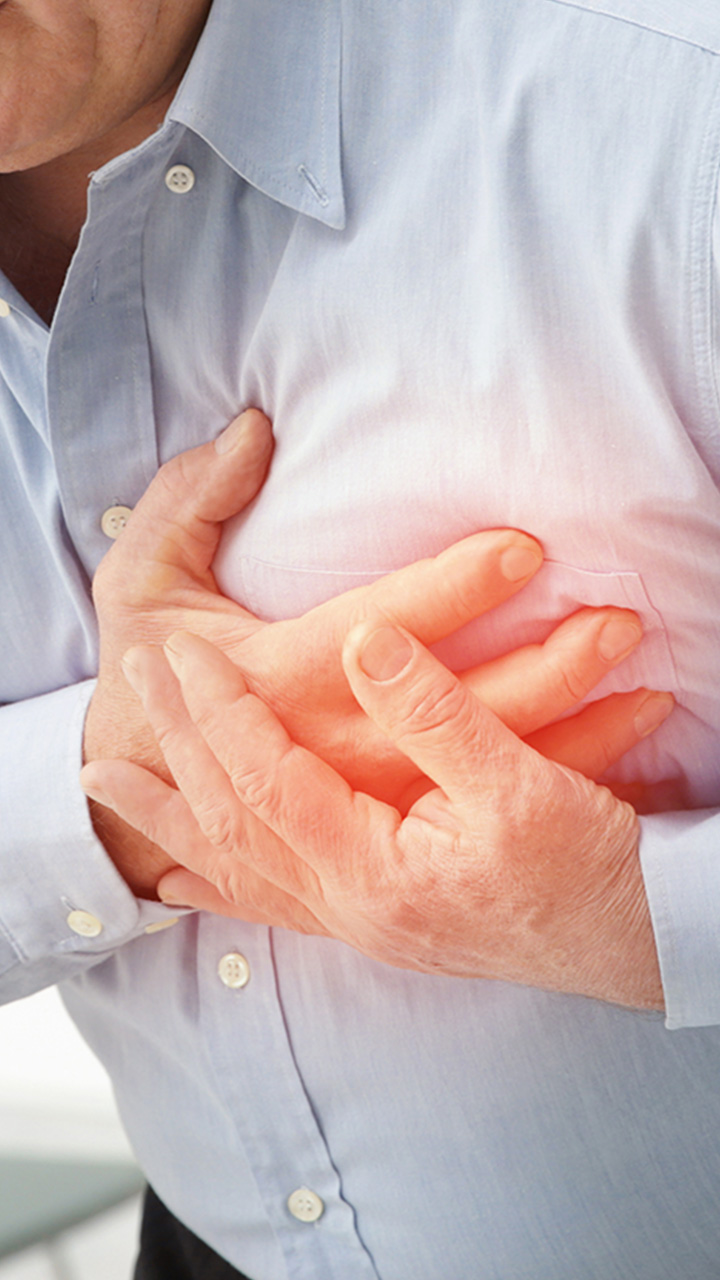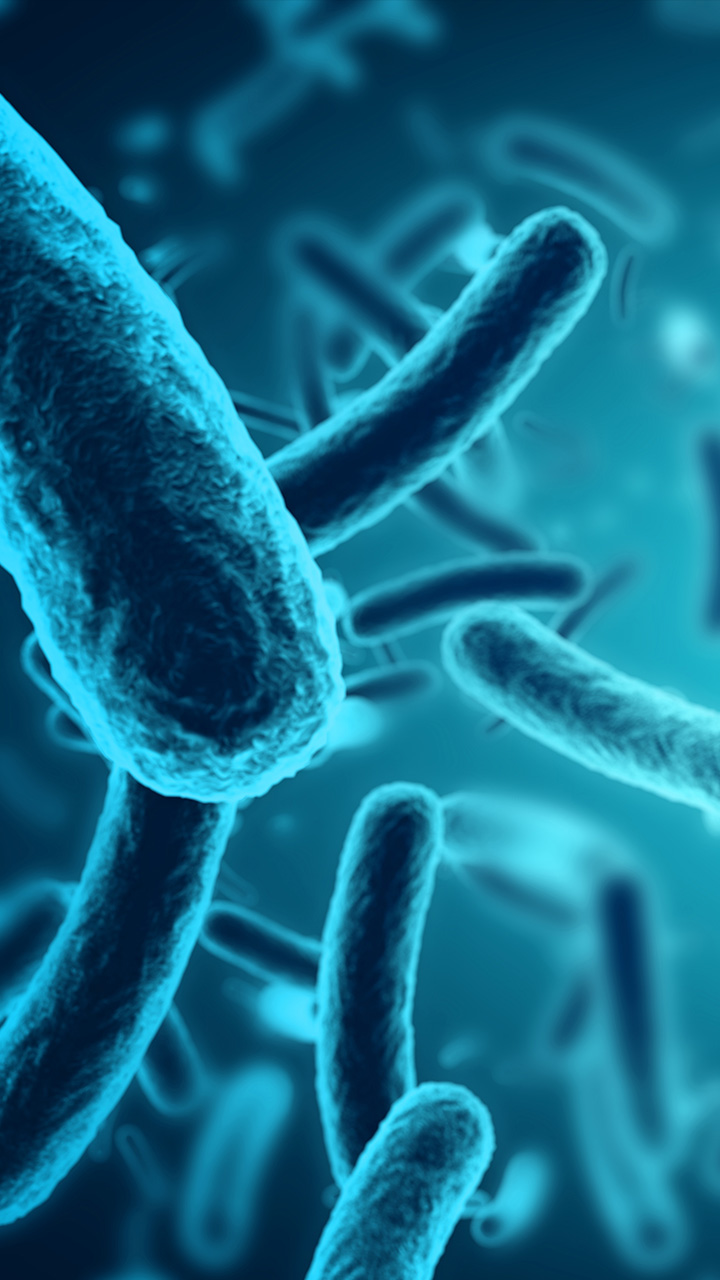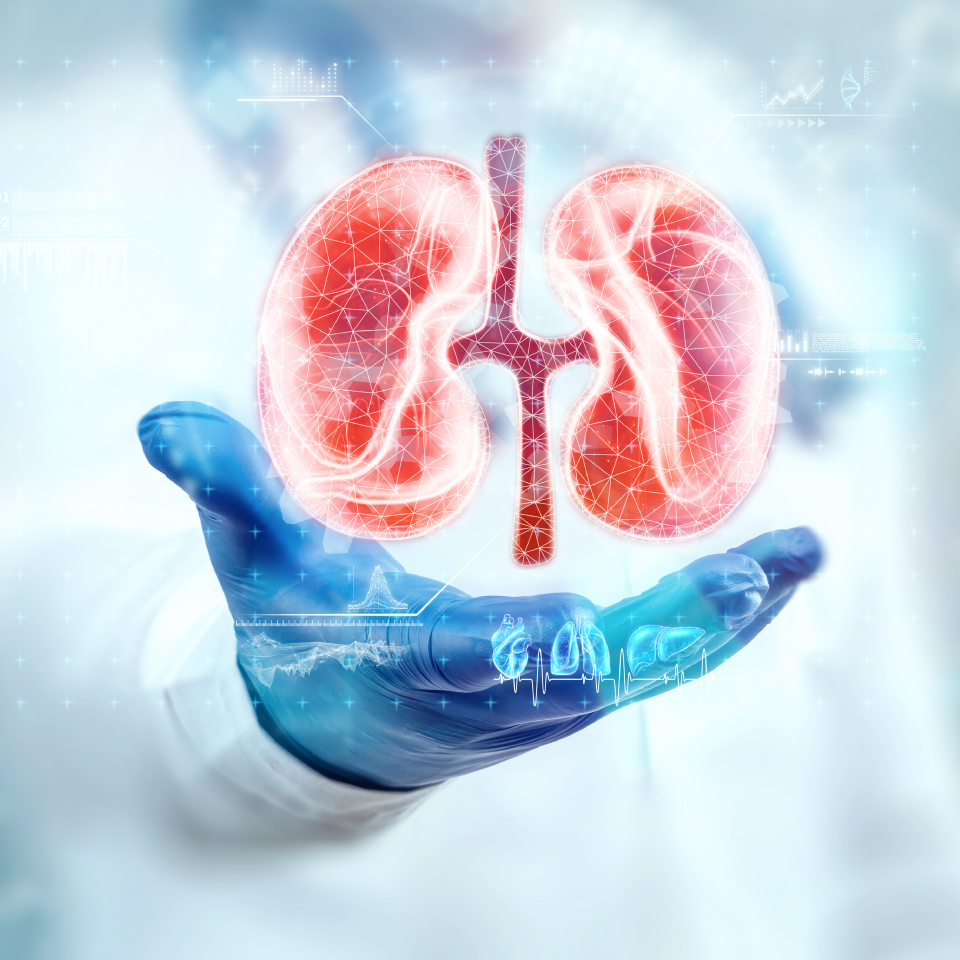Boditech Med

Boditech Media
-
PRESS RELEASE
Boditech Med Posts Q2 2025 Revenue of $30.74M (KRW 41.5B), Boosting Global Growth
Q2 2025 revenue of $30.74M (KRW 41.5B), up 14.5% YoY
Learn More -
PRESS RELEASE
Boditech Med Showcases Next-Gen Diagnostic Solutions at ADLM 2025, Expanding Presence in Americas
Highlights include AFIAS automated immunoassay platform and key products like IGRA-TB and PENKID
Learn More -
PRESS RELEASE
Boditech Med and HLB LifeCare Sign MOU to Develop AI-Based Chronic Disease Diagnostics
Aimed at early detection and improved accessibility through personalized diagnostics
Learn More
Who We Are

Heading to Global Top 10 In-Vitro diagnostic Company, Boditech Med Inc
We Boditech Med have been focusing on developing key technologies of immune-diagnosis and molecular diagnosis to provide reliable In-Vitro diagnostic solutions for everyone at anywhere, and anytime.
We are constantly striving to become a global In-Vitro diagnostic company realizing the value of respect for life. And We wish to finally improve quality of life across the world.
Learn More






